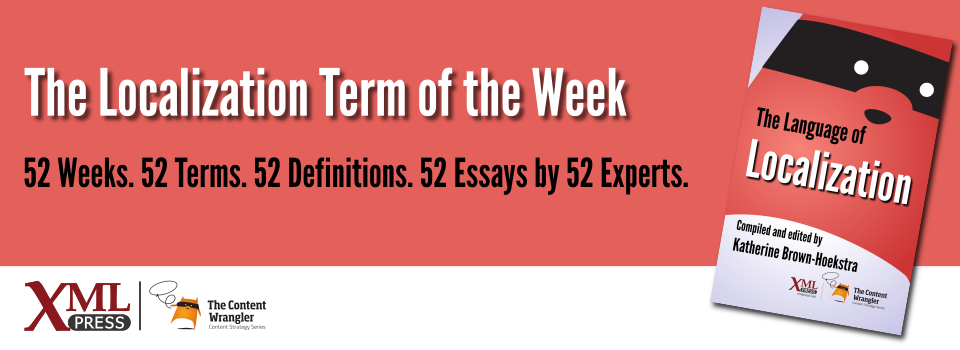What is it?
A method for representing characters in a data format, typically binary, so that the characters can be transmitted electronically and decoded properly by the receiver.
Why is it important?
As localizers, all the text we work with is encoded for storage and transmission. If we don’t know how it’s encoded, we’ll read or write it incorrectly.
